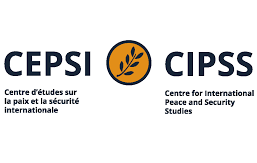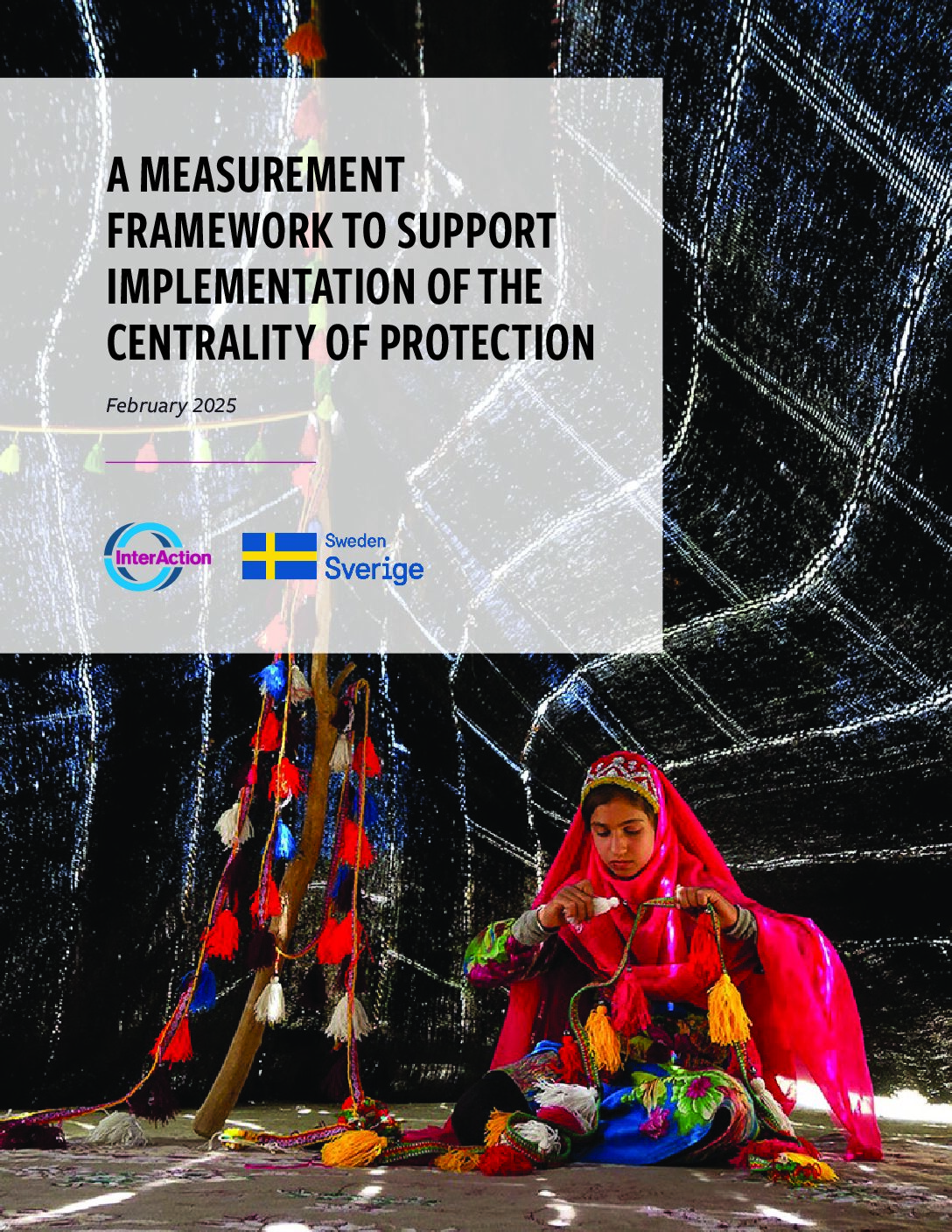Underscoring any approach to collaborating, learning, and adapting are the people who make it happen. For our part, where we have been able to identify and build on results-based approaches to protection, has been where an individual, organization, or set of individuals/organizations are willing and proactively seeking to implement these approaches. The CLA team and LEARN have created a typology of CLA champions and potential CLA champions and identified ways to support them.
CLA Champions: What do they do?
| Promoters | These individuals advocate with other colleagues for CLA integration. They “talk the talk” and build relationships to proactively connect stakeholders to collaborate, learn, and adapt. |
| Integrators | These individuals build collaborating, learning, and adapting into their work and Program Cycle processes, and are thus willing to make time for CLA. By being practical and realistic, a CLA champion is not discouraged by constraints and finds new paths for integrating CLA. |
| Modelers | These individuals “walk the talk” by modeling CLA behaviors and values in how they work and interact with others. They share CLA successes and challenges and become reliable resources for other potential or actual champions. |
If missions aren’t doing CLA, why? The answer is always time and too many demands. We need to look at the full range of responsibilities that people have and make sure that they have the time and space to do what is important
USAID Mission Staff Member
Potential CLA Champions: Who are they?
· Inquirers: These individuals are open to new ideas, feedback, and approaches. They are curious about CLA and want to know more.
· Enthusiasts: These individuals see CLA as aligned with their interests but are unsure how to operationalize CLA.
People who understand [CLA], appreciate it, but until there’s a plan that is endorsed by leadership, nothing serious will happen.
USAID Mission staff member
Similarly, we should look to identify and support RBP champions and potential RBP champions to make results-based protection a reality in practice. [JF1] In order to support these individuals and/or teams a few suggested methods may include:
- Ensuring a supportive leadership team that models behavior and creates a culture of openness, analysis, reflection, and learning.
- Identifying and seeking to mitigate pain points, for example, ensuring time and space for reflection by collaborating more strategically and/or clarifying decision-making processes.
- Appreciating what is already being done to support results-based protection, and using that as an entry point to build from rather than professing an entirely new way of working.
- Seeking opportunities for people to experience RBP in practice to create a lightbulb moment.


